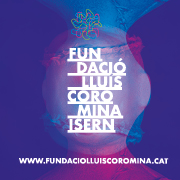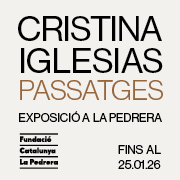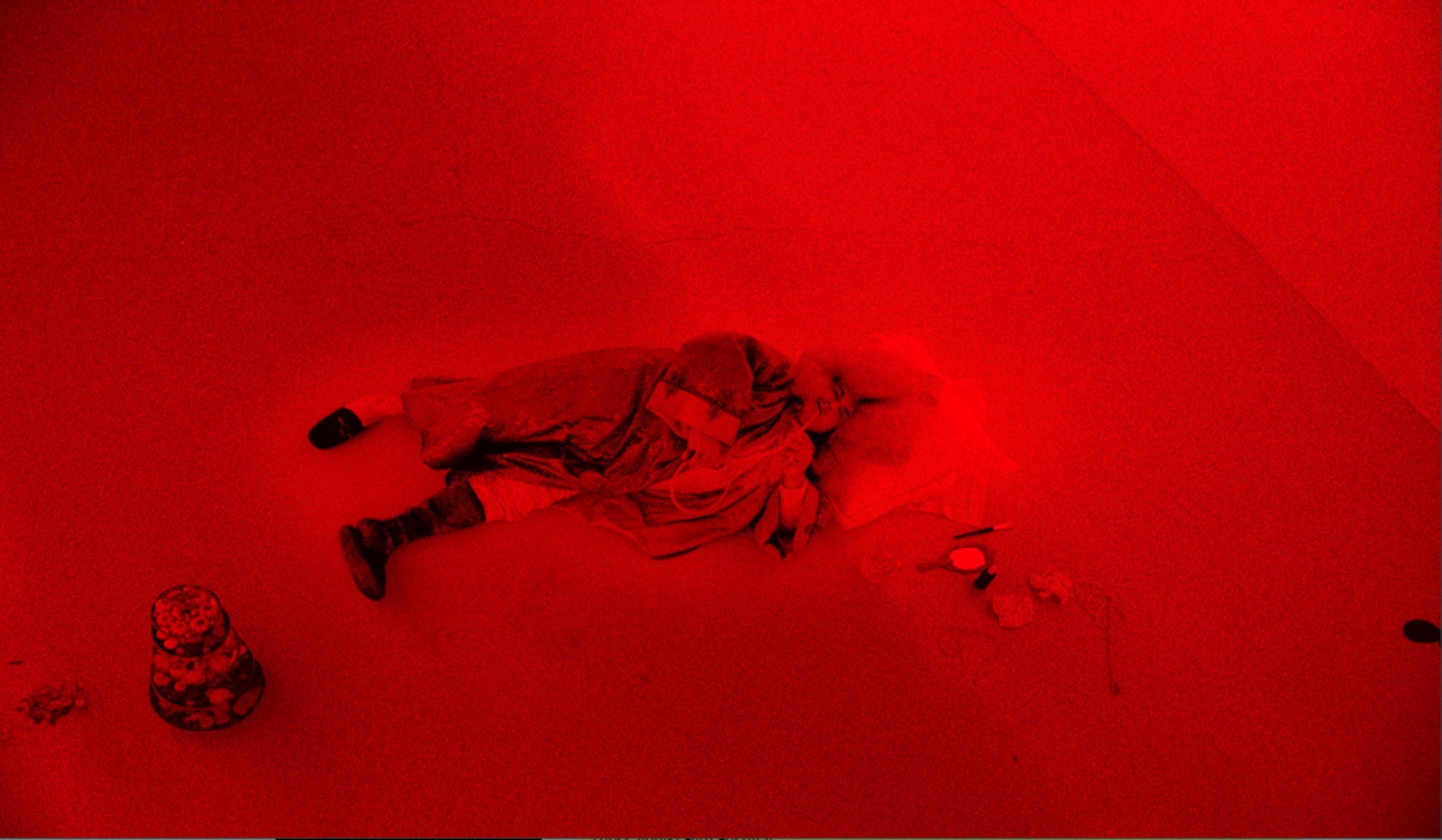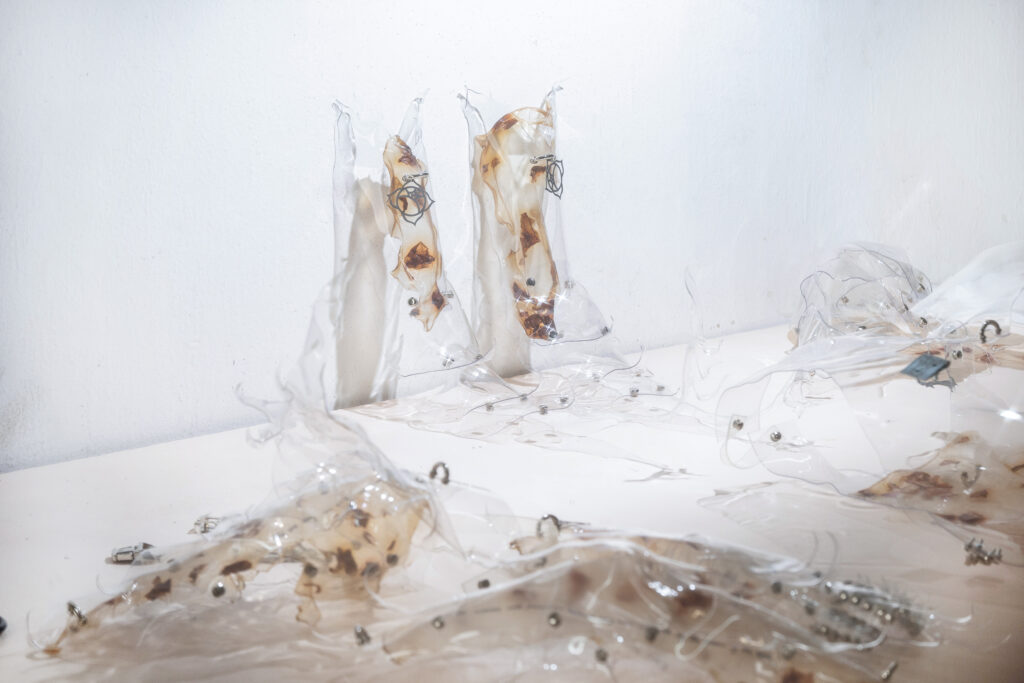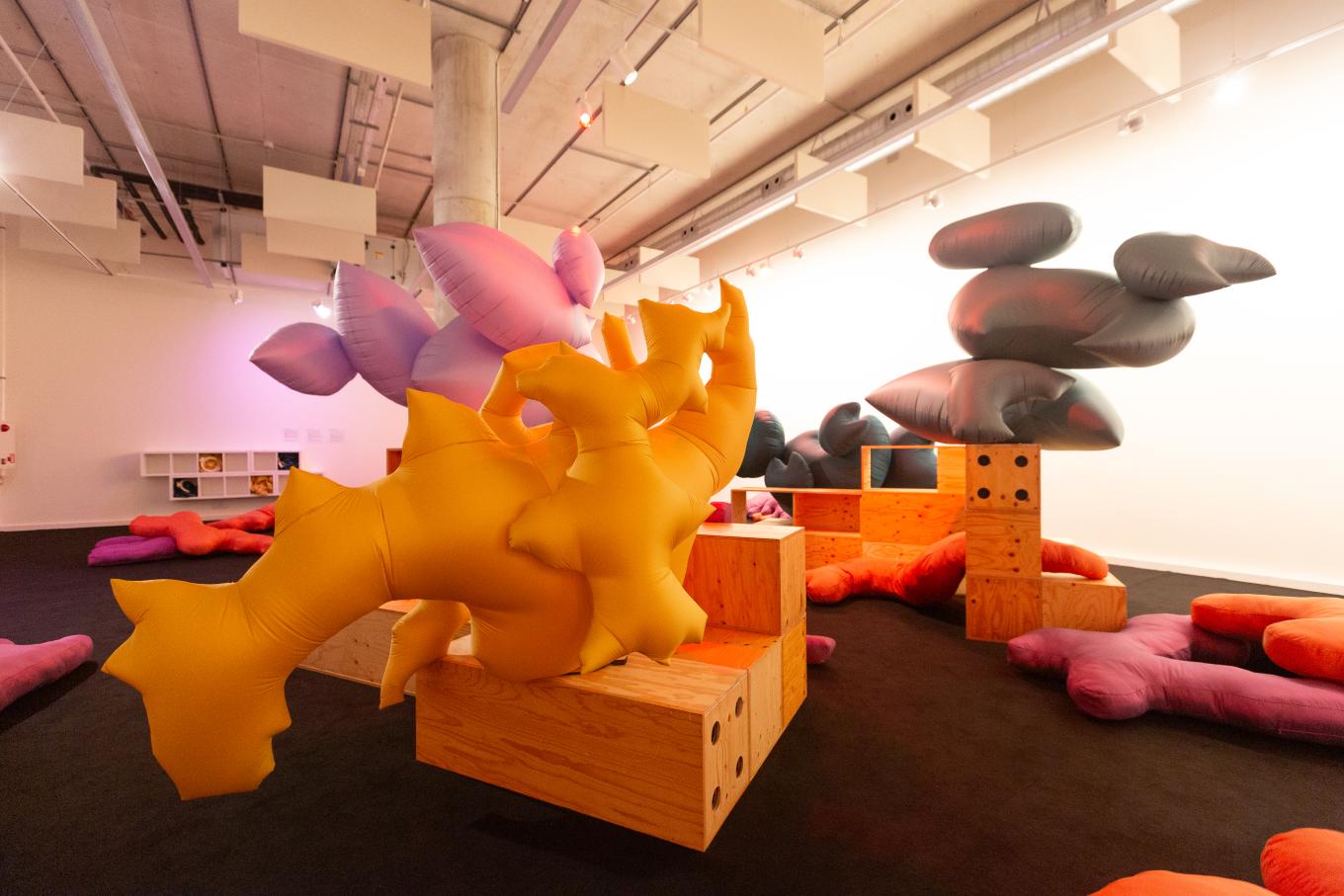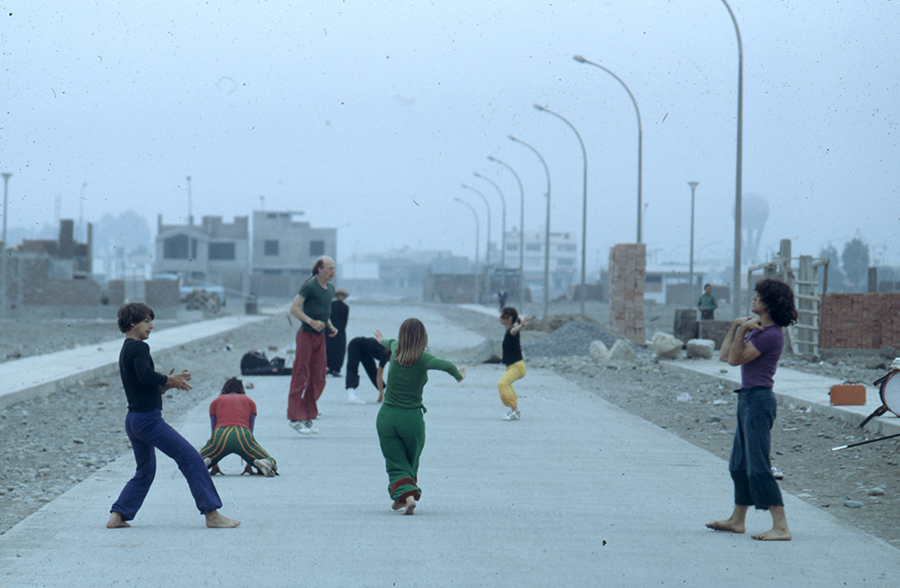News
The VINSEUM in Vilafranca, one step away from being a Museum of National Interest
The official recognition consolidates the museum's key role in disseminating wine culture and Catalan heritage.
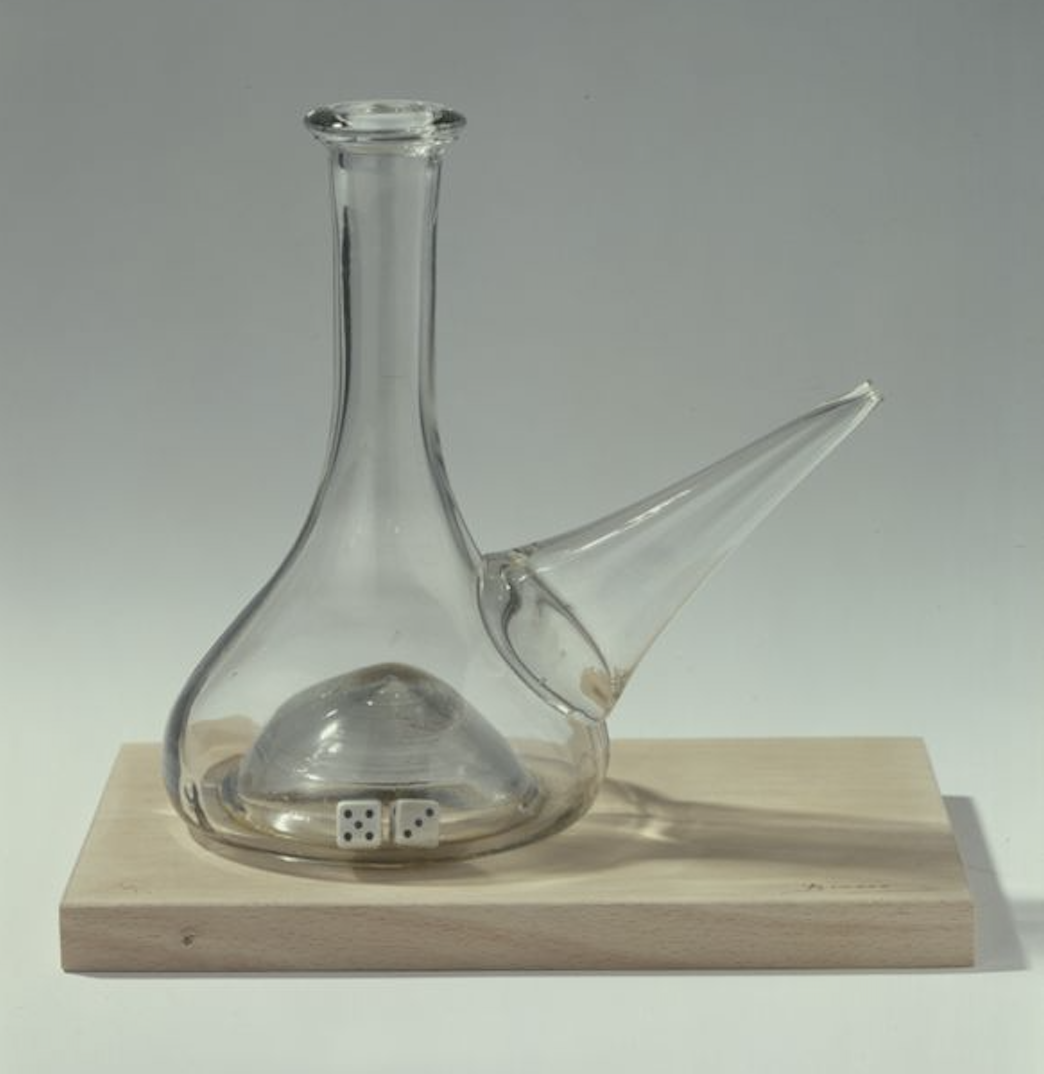
The VINSEUM of Vilafranca del Penedès is about to take an important step in its trajectory, they are getting closer and closer to being recognized as a Museum of National Interest by the Government of the Generalitat. The approval of the Junta de Museus de Catalunya, on April 10, gives wings to a process that has been in the works for some time and that could culminate in this official recognition. But beyond the formalities, this movement confirms the key role that the VINSEUM plays in the dissemination of wine culture and everything that surrounds it.
This type of recognition is granted to those museums that, due to the value of their funds, the content of their collections or the scope of their heritage, have a prominent weight within the cultural complex of the country. In this case, it is considered that the impact of VINSEUM goes beyond its immediate environment and that its work has a clear relevance in the whole of Catalan heritage.
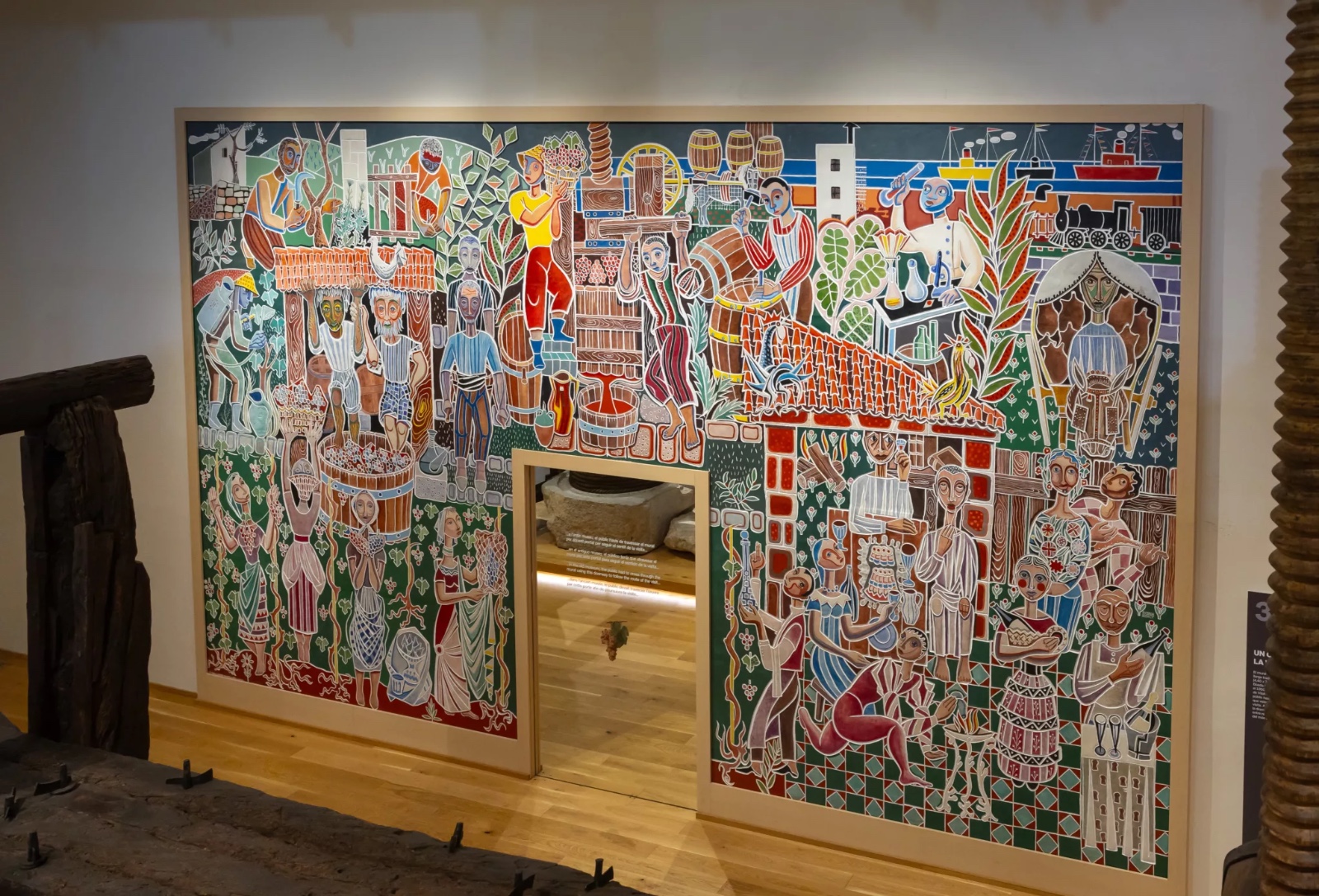 Mural de la vinya i el vi al VINSEUM, Pau Boada (1960)
Mural de la vinya i el vi al VINSEUM, Pau Boada (1960)
VINSEUM has long been dedicated to explaining how wine is part of the history, economy and way of doing things of a country. Through its permanent exhibitions, cultural programming and the research it promotes, the museum has been weaving a network of initiatives that connect wine tradition with the present. And it does so with active collaboration with INCAVI, the Catalan Institute of Vine and Wine, which since 2004 has led to sharing projects, knowledge and common objectives. Far from a static museographic discourse, the VINSEUM team is committed to a contemporary and open perspective, with a clear desire to generate debate and approach current concerns.
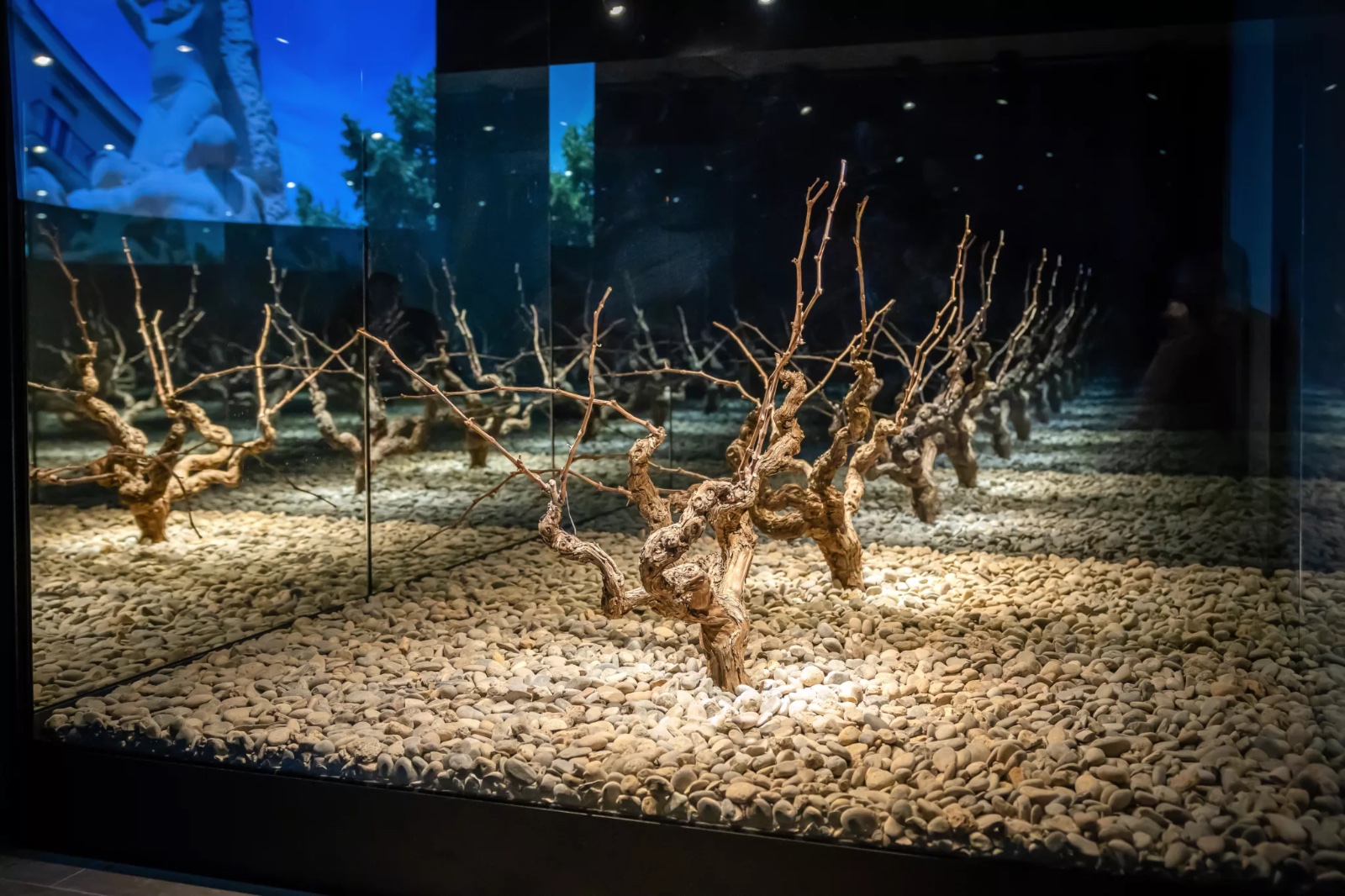 Exposició permanent al VINSEUM.
Exposició permanent al VINSEUM.
Its history began in 1935, when it was founded as the Vilafranca Museum in the Royal Palace. Since then, growth has been progressive. From the 1970s, with the incorporation of new spaces and collections, and especially from the 1990s, with a deep debate about the role that the museum should play in today's society, a process of transformation was launched. Between 1999 and 2004, the inventory of the collection was updated and a new museological model was planned. All of this led to a thorough architectural reform and a new museological approach that has been taking shape over the last twenty years.
The latest major expansion was inaugurated in November 2024, providing VINSEUM with more exhibition space, some 5,000 m² in total, and significantly improving the visitor experience. In addition, the museum preserves more than 20,000 pieces, of which some 2,000 are part of the current exhibition. These are complemented by loans and collaborations with other museums and archaeological sites in the country. The set of materials that make up its collection is not only extensive, but also varied, with physical objects, documentation and elements of intangible heritage that help to better explain the relationship between the territory and wine culture.
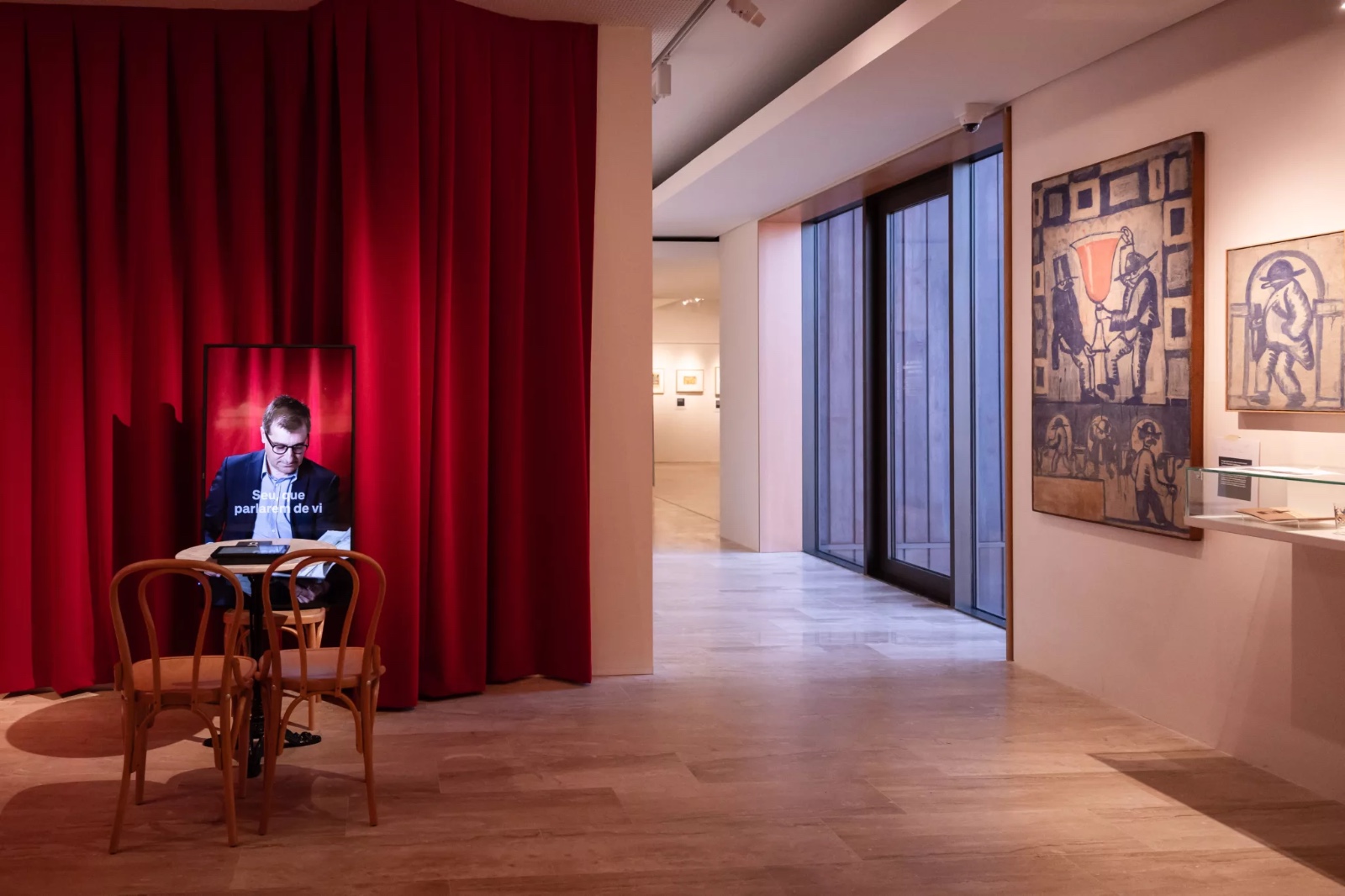 Exposició permanent al VINSEUM.
Exposició permanent al VINSEUM.
In 2024, the VINSEUM has been recognized as the best wine museum in Europe by Inter Vitis, a cultural initiative promoted by the Council of Europe that highlights institutions linked to the wine world on the continent. The support of the municipality of Vilafranca has been key throughout this process, with the City Council and the Foundation that manages the museum working closely to grow the project. With the recognition as a Museum of National Interest imminent, the VINSEUM will consolidate itself as a meeting point where wine culture is presented in an accessible, critical way and with a clear desire to connect with the reality of the country.
 Moscatell, Josep Mirabent i Gatell (s.XIX). Col·lecció VINSEUM
Moscatell, Josep Mirabent i Gatell (s.XIX). Col·lecció VINSEUM


